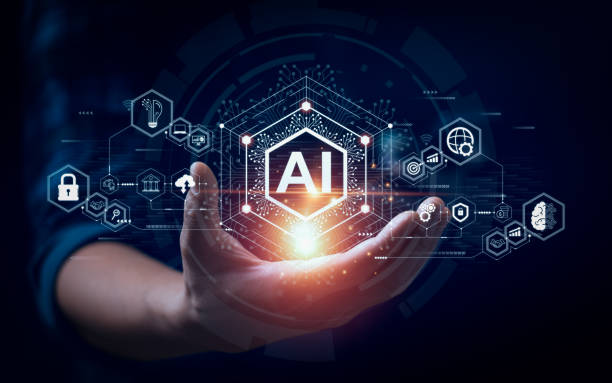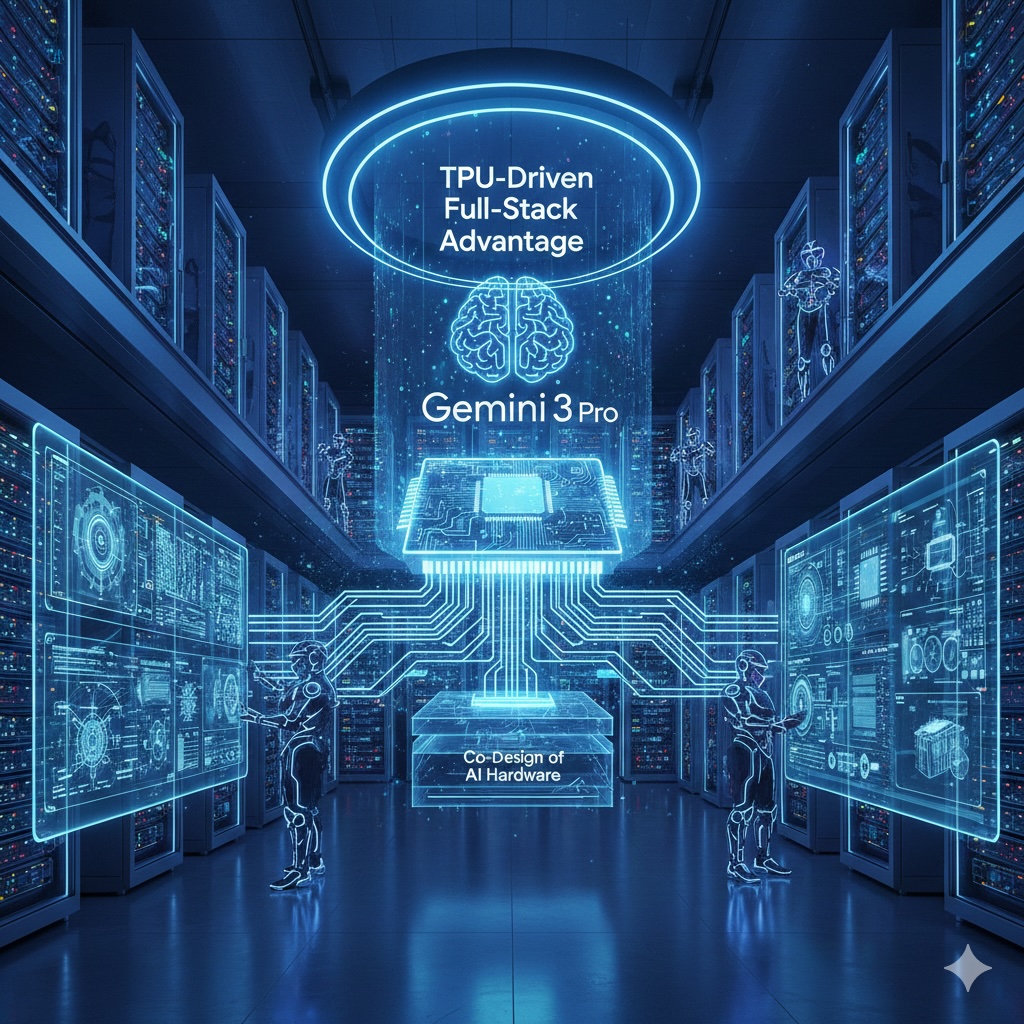Oct12

The Role of Artificial Intelligence in Enhancing Renewable Energy Efficiency
In recent years, there has been an extraordinary leap forward in AI technologies. We find ourselves amid a shift in AI capabilities, marked by substantial growth in data processing, machine learning, and deep learning algorithms. This surge has propelled artificial intelligence into nearly every sector, transforming it from a luxury to an absolute necessity, particularly in a world undergoing unprecedented expansion. However, this rapid growth comes with its own set of challenges.
As our world increasingly relies on technology, there is an escalating demand for energy to power supercomputers, data centers, electric grids, and more. This poses profound challenges linked to climate change. The energy consumption required to fuel these systems is putting immense strain on our planet’s resources and exacerbating environmental issues. A quick look at the headlines, as recently as August 2023, we can see the devastating effects of the Maui wildfires claiming 97 lives and obliterating over 3,000 homes. Our world is rushing forward, yet our planet is bearing the brunt – but AI can help.
There are many kinds of AI, but the most common amongst the average person is generative AI, which specializes in generating text/media with the use of prompts – think ChatGPT or Google’s Bard. But, most relevant to renewable energy, are aided decision-making and automated decision-making AIs.
Aided Decision-Making
Aided decision-making AI, also known as decision support, assists humans in making informed decisions by providing recommendations and insights. It achieves this through advanced data analysis, machine learning, and predictive modeling techniques. The information provided is nuanced since it actually needs to be vetted by a human. In the context of renewable energy, these systems guide energy providers in efficiently allocating renewable resources based on projected production and consumption data. Moreover, they enhance performance across the value chain by forecasting equipment failures, minimizing downtime, maximizing energy production, and optimizing battery charging cycles to ensure cost-effective grid supply. This comprehensive approach also mitigates battery degradation.
Aided decision-making is commonly used for environmental impact analysis, such as weather forecasting. This process aids in making informed decisions regarding operations in severe weather conditions such as hail, thunderstorms, and hurricanes. Artificial intelligence possesses the capability to analyze substantial amounts of both historical and real-time data sourced from satellites and weather stations to discern patterns and provide accurate predictions. This information is invaluable for power producers, enabling them to adjust their operations accordingly.
Automated Decision-Making
Automated decision-making AI makes decisions without any human intervention, by determining a course of action via algorithms and data analysis. It is similar to aided decision-making since a lot of their analysis in the renewable energy sphere surrounds the same issues – renewable energy infrastructure, demand forecasting, grid management, and resource allocation. The primary concern associated with automated decision-making is the potential for bias, which can lead to incorrect decisions, leading to significant issues. Furthermore, since there is no human intervention, the decisions made by automated decision-making AI may negatively impact individuals and societies. Therefore, it must be used in a limited, yet effective way.
Regardless of its flaws, it is still used in the renewable energy sphere, as it enhances the efficiency and sustainability of renewable energy systems. It is frequently applied in power plant performance optimization, automatically adjusting the settings for maximum performance.
The Bigger Picture
Renewable energy, typically associated with wind turbines, solar panels, and energy storage systems, is often managed by governments and corporations. While this is true, individuals can also contribute to change by optimizing their energy usage. Buildings, including homes, schools, and hospitals, represent almost 40% of worldwide energy consumption. Unfortunately, a significant portion of this energy is lost due to inefficient systems and wasteful practices. The incorporation of the aforementioned AI systems into buildings has the potential to greatly impact energy consumption, ultimately aiding in the conservation of energy within both renewable and traditional electric grids.
Aided decision-making AI can analyze data such as weather forecasts and occupancy patterns to provide recommendations for adjustments to AC and lighting systems for optimal energy efficiency. It can also analyze historical patterns, forecast potential energy usage, and provide recommendations for optimal energy efficiency. Automated decision-making AI can make real-time adjustments based on changing conditions (specifically weather) and automatically adjusting systems for maximum efficiency. It can also automatically manage the distribution of electrical load within a building, so that no energy is wasted on idle systems.
Navigating an Energy Hungry World
The integration of artificial intelligence into the realm of renewable energy stands as a pivotal advancement in our pursuit of a sustainable future. Aided decision-making AI coupled with automated decision-making AI has the potential to revolutionize the efficiency, reliability, and environmental impact of renewable energy systems, not only within buildings but also power plants, grid management, and resource allocation.
As we navigate the challenges of our energy-hungry world, harnessing the power of artificial intelligence in renewable energy is an essential step towards mitigating environmental strain and achieving a cleaner, greener future.
Keywords: Ecosystems, Renewable Energy, Sustainability
 The TPU-Driven Full-Stack Advantage: Gemini 3 Pro and the Co-Design of AI Hardware
The TPU-Driven Full-Stack Advantage: Gemini 3 Pro and the Co-Design of AI Hardware Why Scope 3 Data Starts in the Dark - and How Food Brands Are Showing the Way Out
Why Scope 3 Data Starts in the Dark - and How Food Brands Are Showing the Way Out Friday’s Change Reflection Quote - Leadership of Change - Change Leaders Instil Compliance Frameworks
Friday’s Change Reflection Quote - Leadership of Change - Change Leaders Instil Compliance Frameworks The Corix Partners Friday Reading List - November 21, 2025
The Corix Partners Friday Reading List - November 21, 2025 From Follower to Reference: Transform Your Personal Brand Into a Consistent Business
From Follower to Reference: Transform Your Personal Brand Into a Consistent Business